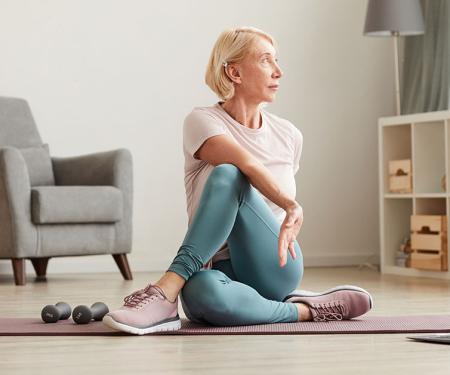Physical therapy promotes strength, range of motion, endurance and efficient and safe gait and balance. Deficits of these elements can impair functioning in your home and work activities, increase risk of falls and impact quality of life during and after cancer treatment. Education and training in self-management skills and strategies and development of home exercise programs can maximize independence, safety and activity level.
Treatment may include exercise, Activities of Daily Living (ADL) training, task-oriented training and strategies to reduce fluid retention. Physical Therapy can also help improve fatigue you may experience during or after your cancer treatment.
Physical therapy can assist with:
Mobility: walking safely and climbing steps
Physical abilities: educating patients on how to build and maintain strength, flexibility, balance, endurance, and coordination
Home exercise programs: designing specialized exercise programs to improve your function
Family training: teaching family members and caregivers on how to safely assist you during the therapeutic process
Lymphedema Treatment Program: preventing and treating edema and lymphedema, including manual lymphatic drainage and custom garment fitting
Pain management and symptom control: coordinating visits with physiatrists who work with your treatment team to provide suitable pain control that may include hot and cold compresses and electrical stimulation
Equipment: helping patients identify and acquire equipment, including walkers, canes and wheelchairs
